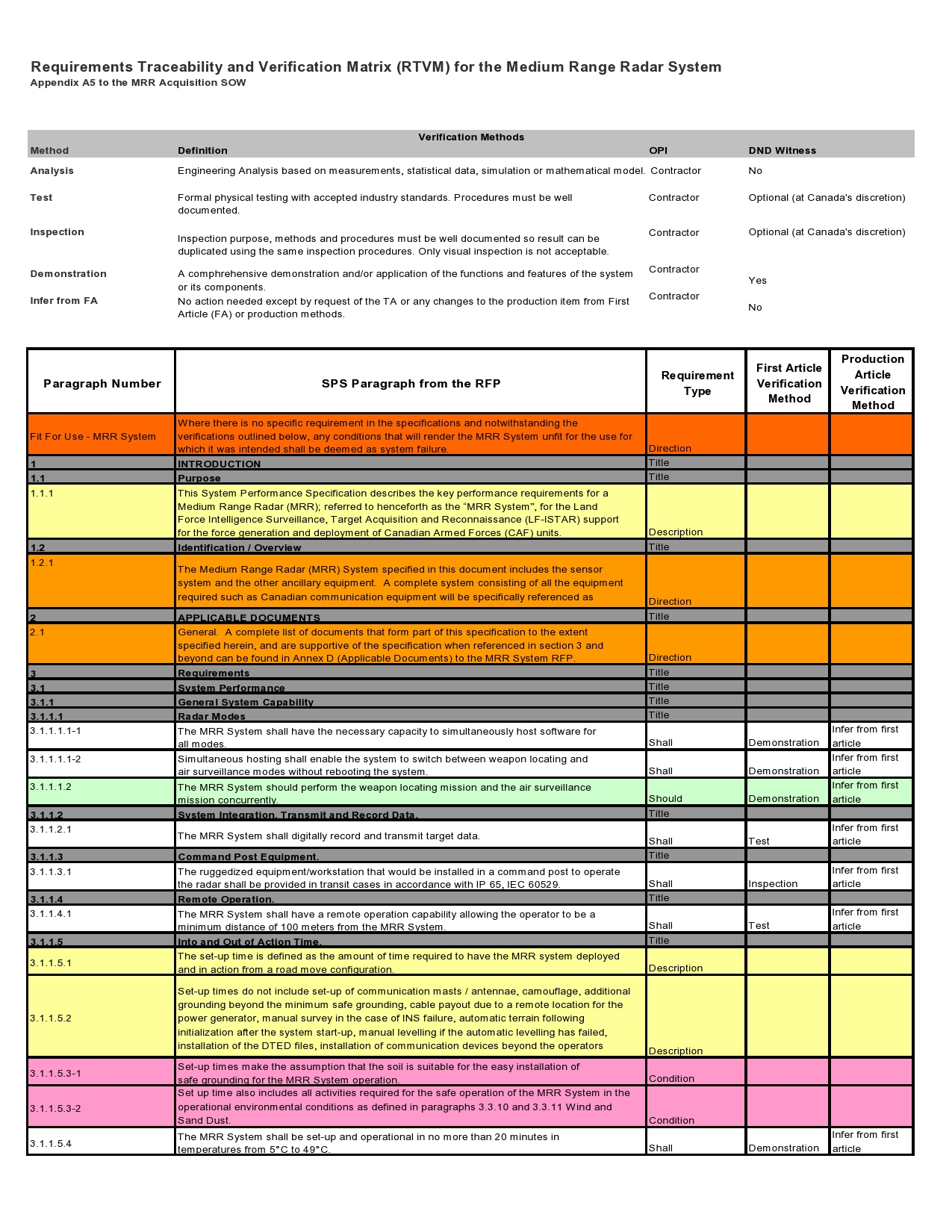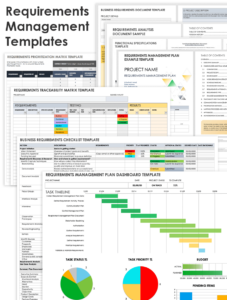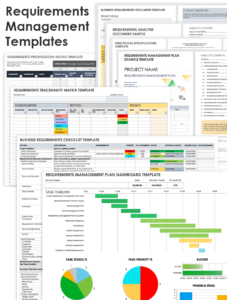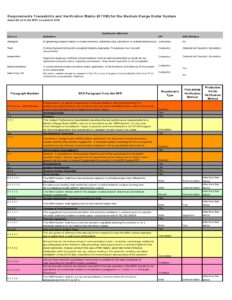A software requirements traceability matrix (SRTM) is a document that traces the requirements of a software system from their origin to their implementation. It provides a comprehensive view of the relationships between the different elements of the software system, and it can be used to ensure that all requirements are met and that the system is designed and implemented in accordance with the customer’s needs.
There are many different ways to create an SRTM, but the most common approach is to use a tabular format. The rows of the table represent the requirements of the software system, and the columns represent the different elements of the system, such as the design documents, the source code, and the test cases. The cells of the table contain information about the relationships between the requirements and the elements of the system.

Creating an SRTM Template
The first step in creating an SRTM is to identify the requirements of the software system. This can be done by reviewing the project scope, the requirements document, and other relevant documents. Once the requirements have been identified, they should be listed in the rows of the SRTM.
The next step is to identify the different elements of the software system. This can include the design documents, the source code, the test cases, and other relevant artifacts. Once the elements of the system have been identified, they should be listed in the columns of the SRTM.
The final step is to populate the cells of the SRTM with information about the relationships between the requirements and the elements of the system. This information can include the following:
- The status of the requirement
- The source of the requirement
- The rationale for the requirement
- The impact of the requirement
Using an SRTM Template
An SRTM can be used for a variety of purposes, including the following:
- Verifying that all requirements are met
- Tracking the progress of the software development project
- Identifying and resolving issues
- Communicating with stakeholders
An SRTM is a valuable tool for managing the requirements of a software system. It can help to ensure that all requirements are met, that the system is designed and implemented in accordance with the customer’s needs, and that the project is completed on time and within budget.
Conclusion
An SRTM is an essential tool for managing the requirements of a software system. It can help to ensure that all requirements are met, that the system is designed and implemented in accordance with the customer’s needs, and that the project is completed on time and within budget.
There are many different ways to create an SRTM, but the most common approach is to use a tabular format. The rows of the table represent the requirements of the software system, and the columns represent the different elements of the system. The cells of the table contain information about the relationships between the requirements and the elements of the system.


